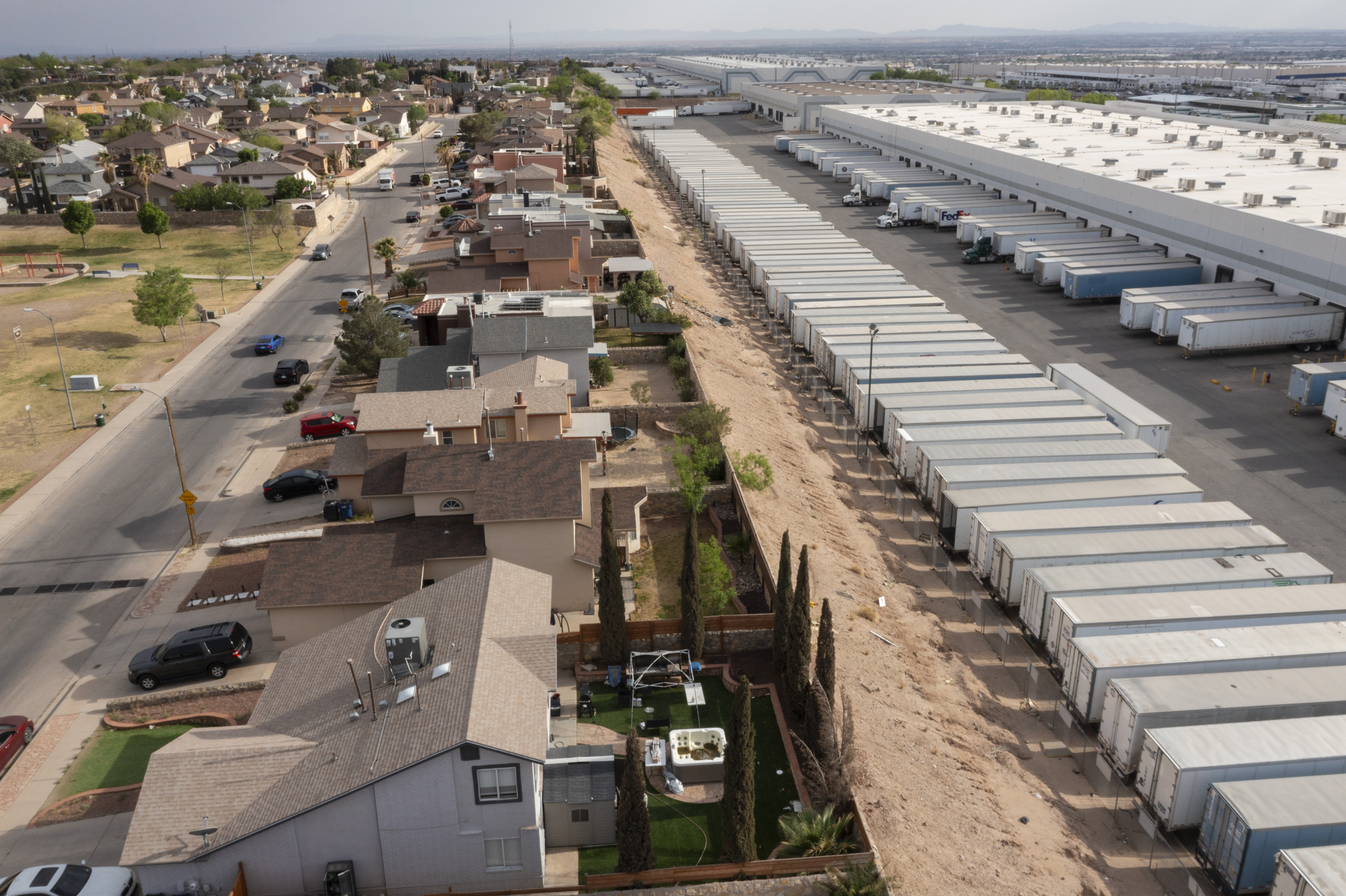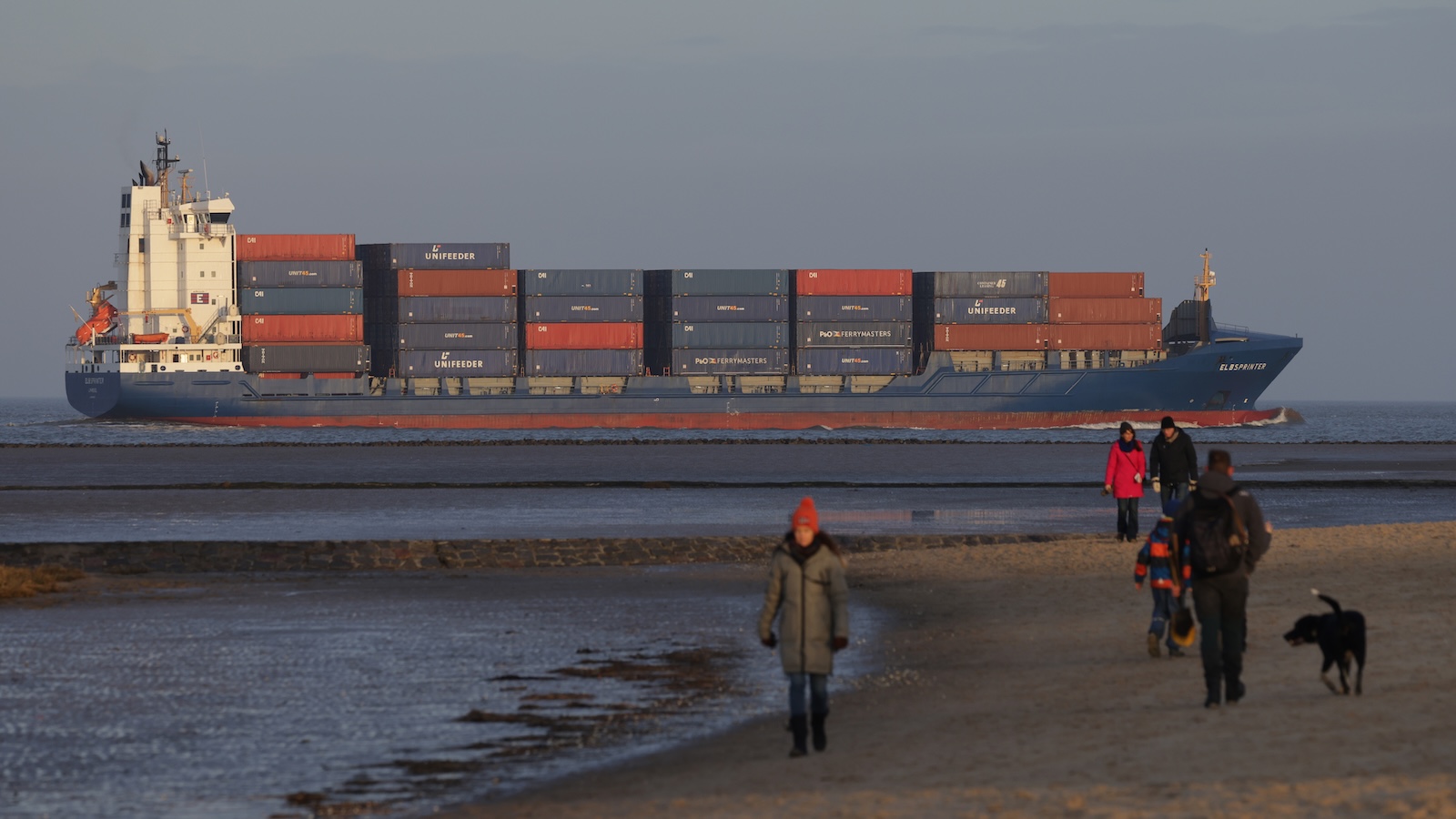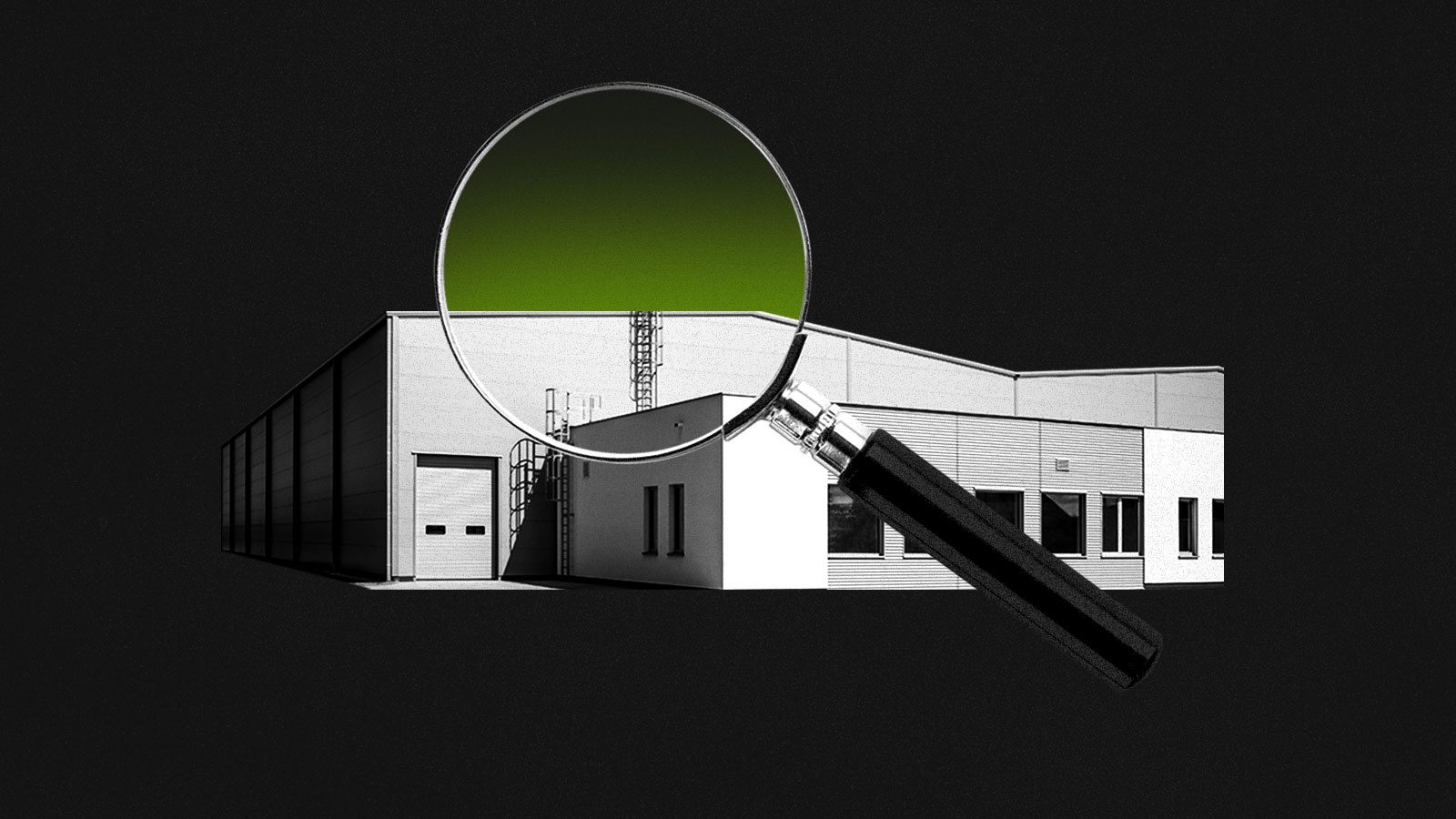Now Reading: India’s Toxic Supply Chain: The Unchecked Connection
-
01
India’s Toxic Supply Chain: The Unchecked Connection
India’s Toxic Supply Chain: The Unchecked Connection

Swift Summary
- Location and backstory: Vanessa Dominguez moved to a rental home in ranchos del Sol, a neighborhood in East El Paso, Texas near Cardinal Health’s warehouse storing sterilized medical devices.
- chemical exposure issue: The warehouse emits ethylene oxide (EtO), a toxic chemical linked to cancer and respiratory issues. Local residents were unaware of its presence or risks.
- health effects of EtO: Long-term exposure can cause cancers (e.g., breast, lymphoma) and respiratory problems; short-term exposure leads to irritation and breathing difficulties.
- Extent of pollution: Grist analysis found that over 603,000 El Paso residents face elevated lifetime cancer risk due to EtO levels exceeding federal safety thresholds. EPA standards indicate severe health risks beyond acceptable levels for families near the facility.
- Regulatory gaps: Warehouses storing sterilized goods are largely unregulated by the EPA despite emitting notable amounts of EtO through off-gassing during storage and transportation processes. Cardinal received emission permits with imprecise calculations from Texas regulators (TCEQ).
- Workers’ plight: Many employees at Cardinal’s warehouses lack awareness about their exposure risks. While precautions focus on equipment sterility,they fail to address worker safety against toxic emissions.
- EPA role: despite increasing health concerns as 2016 when EtO toxicity standards were updated, recent EPA regulations have excluded non-industrial warehouses from stricter oversight-leaving local communities vulnerable.
Images accompanying the article depict affected neighborhoods near Cardinal Health’s facilities along with operational views inside warehouses trucks unloading sterilized products.
Indian Opinion Analysis
The revelations about ethylene oxide emissions from storage facilities highlight pressing environmental justice concerns relevant globally-including densely populated areas in India where industrial activity often coexists uneasily with residential zones. Inadequate transparency and regulatory loopholes exacerbate public health threats among vulnerable groups like workers or nearby families.
India’s burgeoning healthcare supply chain-characterized by large-scale manufacturing setups similar to those described-could learn valuable lessons here regarding monitoring hazardous releases beyond factory operations into associated logistics hubs like distribution warehouses. Equipping impacted populations as well as frontline workers with education tools on chemical hazards remains an urgent need requiring industry collaboration alongside stringent government interventions akin proactive community inclusion models witnessed elsewhere demonstrated with earth Justice referrals assisted correcting more낭



























